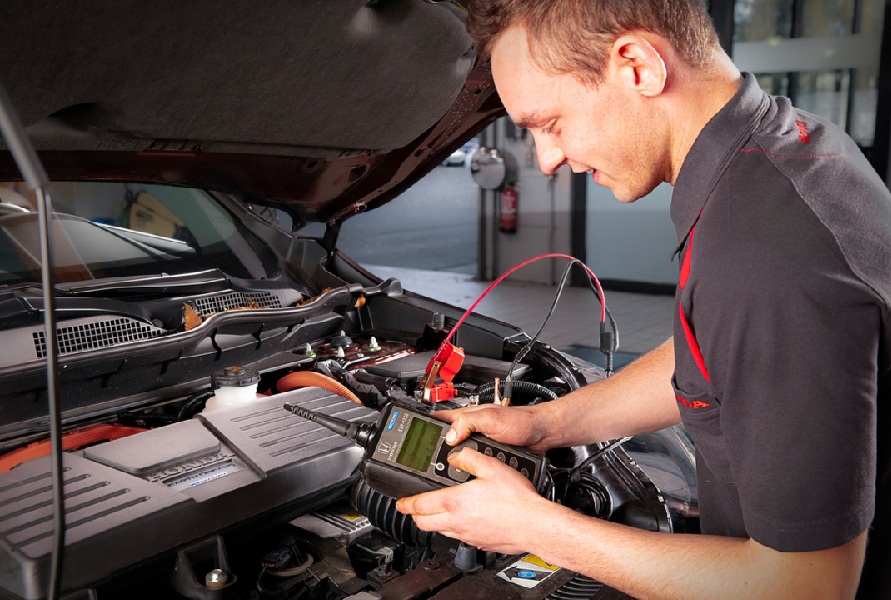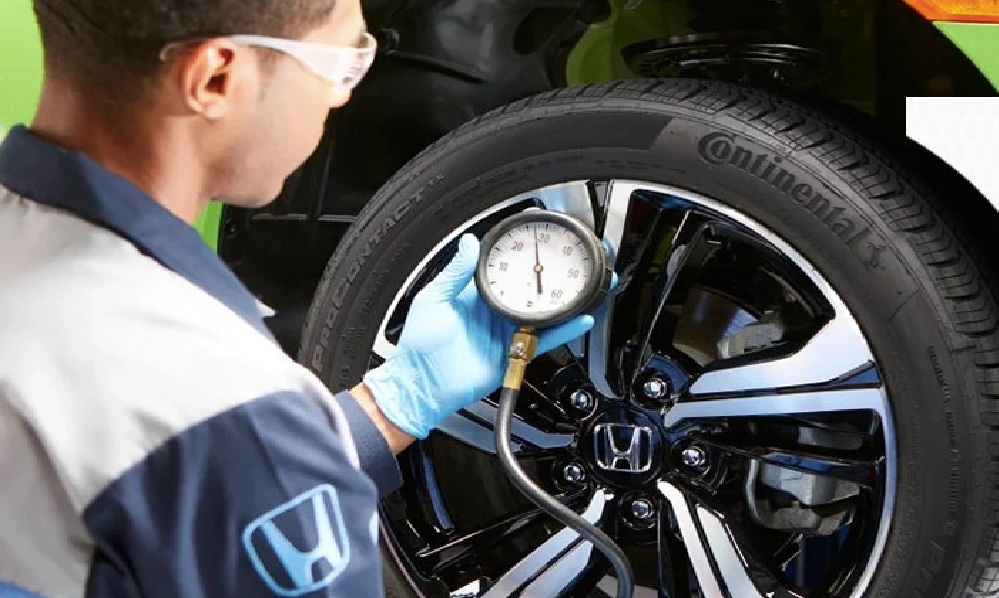The rearview camera has become an essential safety feature in modern vehicles, including the popular Honda CR-V. While these cameras significantly enhance visibility during reversing maneuvers, their performance can sometimes be less than optimal in low-light conditions. This article will explore various methods to improve the resolution and overall performance of the Honda CR-V rearview camera at night.

The Current System
Before delving into improvements, it’s crucial to understand the existing rearview camera system in the Honda CR-V:
Camera Specifications:
- Resolution: Typically 640×480 pixels
- Field of View: Approximately 170 degrees
- Low-light sensitivity: Variable depending on model year
Display:
- Screen Size: 7-inch diagonal (2025 model)
- Resolution: 800×480 pixels
Integrated Features:
- Dynamic guidelines
- Multi-angle views (top-down, wide, normal)
Factors That Affect Night-Time Performance
Several factors can impact the rearview camera’s performance at night:
- Ambient Light: The lack of natural light reduces the camera’s ability to capture clear images.
- Vehicle Lighting: Insufficient rear lighting can leave areas in darkness.
- Camera Sensor Quality: Lower-quality sensors struggle in low-light conditions.
- Lens Quality: Poor-quality lenses can cause glare and reduce clarity.
- Image Processing: Inadequate processing can result in noisy or unclear images.
Strategies to Improve Night-Time Resolution
Upgrade the Camera Hardware
One of the most effective ways to improve night-time resolution is to upgrade the camera hardware. Consider the following options:
Higher Resolution Camera:
- Upgrade to a 1080p (1920×1080) or 4K (3840×2160) camera.
Improved Sensor Technology:
- Look for cameras with larger sensors or better low-light performance.
- Sony IMX sensors are known for their excellent low-light capabilities.
Wide Dynamic Range (WDR) Technology:
- WDR helps balance bright and dark areas in the image.
- Particularly useful when reversing with headlights from other vehicles in view.
Enhance Lighting
Improving the lighting around the camera can significantly boost image quality:
Upgrade Reverse Lights:
- Replace stock bulbs with brighter LED options.
- Ensure they’re DOT compliant to avoid legal issues.
Add Auxiliary Lighting:
- Install small, dedicated LED lights near the license plate or bumper.
- These can be wired to activate with the reverse lights.
License Plate Light Upgrade:
- Often overlooked, brighter license plate lights can improve overall visibility.
- LED replacements are inexpensive and easy to install.
Optimize Camera Placement
The position of the camera can affect its performance:
Adjust Angle:
- Ensure the camera is angled slightly downward to reduce glare from other vehicles’ headlights.
- This can often be done without additional cost.
Relocate Camera(if feasible):
- Moving the camera slightly higher or lower might improve its field of view.
- Professional installation is recommended.
Improve Image Processing
Enhancing the image processing can make a significant difference:
Aftermarket Image Processor:
- These devices sit between the camera and display, enhancing the image in real-time.
- Features may include noise reduction, contrast enhancement, and color correction.
Software Updates:
- Check for any available software updates for your CR-V infotainment system.
- These may include improvements to image processing algorithms.
- Usually free from Honda dealerships.
Upgrade the Display
A better display can help you make the most of the camera’s output:
Higher Resolution Screen:
- If your CR-V has an older, lower-resolution display, consider upgrading to a higher-resolution aftermarket unit.
- Look for displays with at least 1280×720 resolution.
Larger Screen:
- A larger screen can make seeing details in the camera image easier.
- Ensure any upgrade is compatible with your CR-V dashboard layout.
Regular Maintenance
Don’t overlook the basics:
Keep the Camera Clean:
- Regularly clean the camera lens to remove dirt, dust, and water spots.
- Use a soft, lint-free cloth to avoid scratching the lens.
Check for Condensation:
- If you notice fogging inside the camera housing, it may need to be resealed.
- Professional service recommended.
Consider Night Vision Technology
For a high-tech solution, consider adding night vision capabilities:
Infrared Illuminators:
- These devices emit infrared light, invisible to the human eye but detectable by many cameras.
- Can dramatically improve night-time visibility.
Thermal Imaging Camera:
- While expensive, thermal cameras can provide excellent visibility in complete darkness.
- They detect heat signatures, making them effective for spotting people or animals.
Legal and Safety Considerations
When improving your rearview camera system, keep the following in mind:
- Compliance: Ensure any modifications comply with local traffic laws and regulations.
- Warranty: Some modifications may void parts of your vehicle warranty. Check with your dealer.
- Professional Installation: Professional installation is recommended for complex upgrades to ensure safety and functionality.
- Distraction: While improved visibility is beneficial, ensure new systems don’t create additional driver distractions.
Future Developments
As automotive technology continues to advance, we can expect further improvements in rearview camera systems:
- AI-Enhanced Image Processing: Future systems may use artificial intelligence to improve low-light image quality.
- Integration with Other Sensors: Combining camera data with radar or LIDAR could provide more comprehensive rear visibility.
- Augmented Reality Overlays: AR technology could add useful information to the camera display, enhancing safety and convenience.
- Self-Cleaning Systems: Some high-end vehicles are beginning to feature self-cleaning camera systems, which may become more common in the future.
Enhance Safety in Your Honda CR-V
Improving the nighttime resolution of your Honda CR-V rearview camera can significantly enhance safety and convenience. While the stock system is generally adequate, numerous ways exist to upgrade its performance, from simple maintenance to high-tech additions.
When considering upgrades, start with the basics: ensure your camera is clean and properly positioned and check for available software updates. If you’re still unsatisfied, consider upgrading the camera hardware or enhancing the lighting around your vehicle’s rear. For those willing to invest more, options like image processors, infrared illuminators, or thermal cameras can dramatically improve night-time visibility.
Remember to balance the cost of upgrades against your specific needs and usage patterns. While a professional driver or someone frequently driving in very dark conditions might benefit from more advanced solutions, most users will likely see significant improvements from more modest upgrades.
Ultimately, any improvement in your ability to see clearly while reversing at night is a worthwhile investment in your safety and that of others. By enhancing your CR-V rearview camera system, you’re not just improving your vehicle but creating a safer driving experience for yourself and others on the road.




